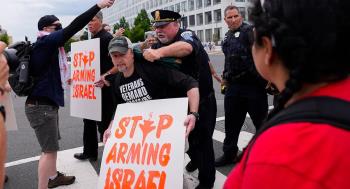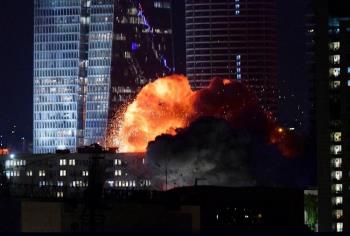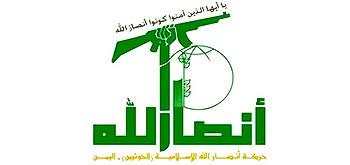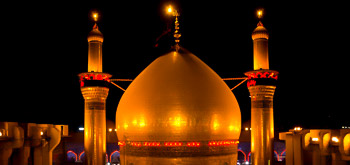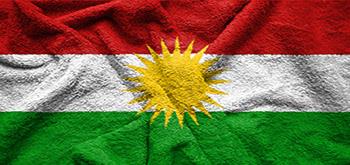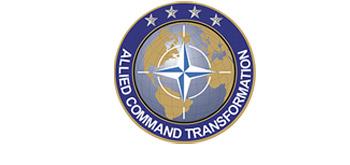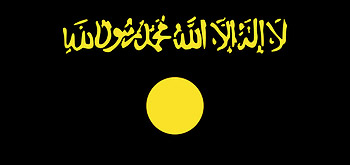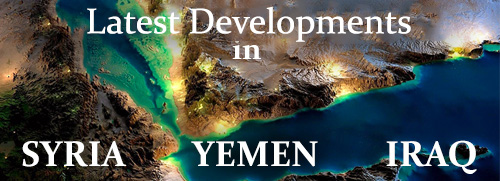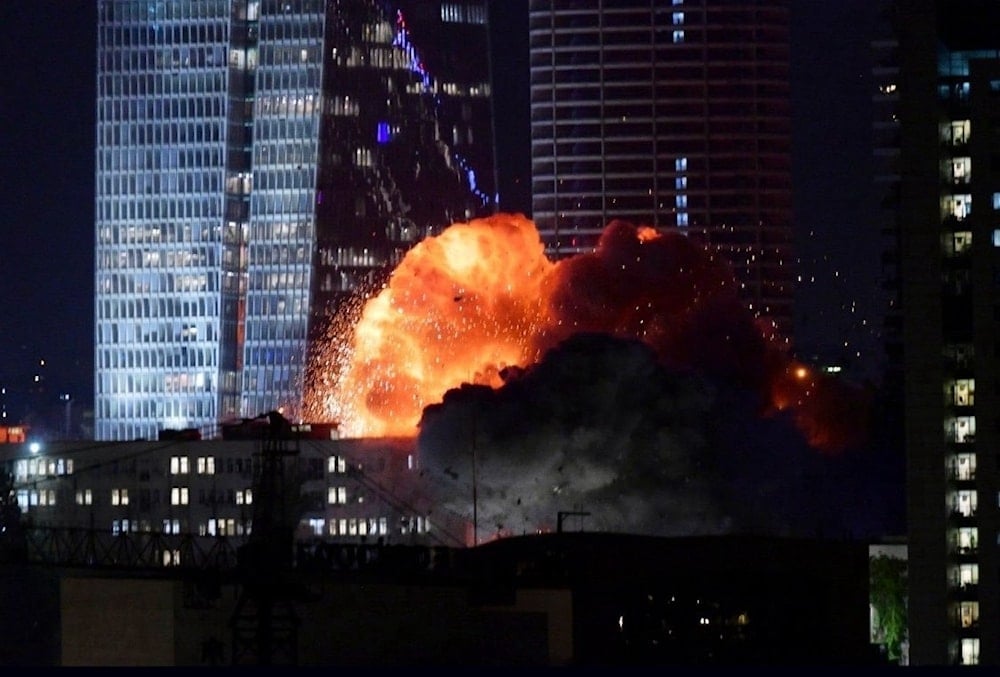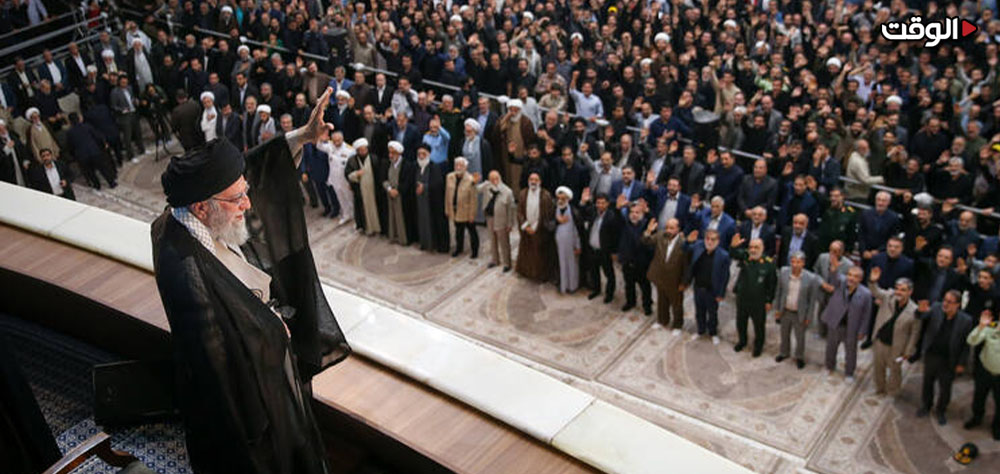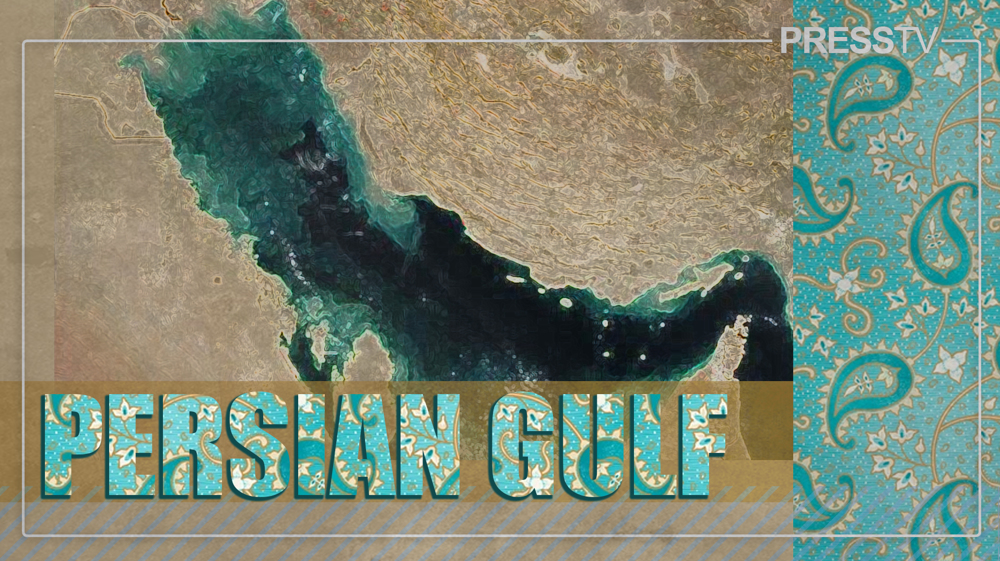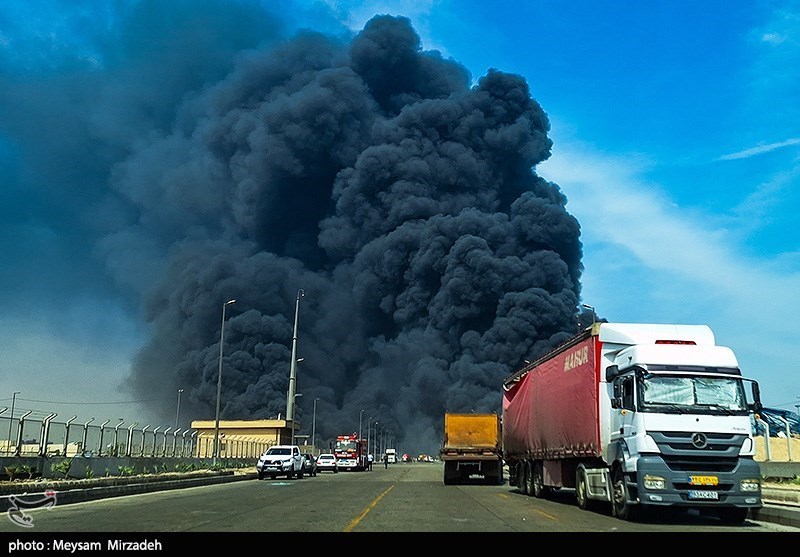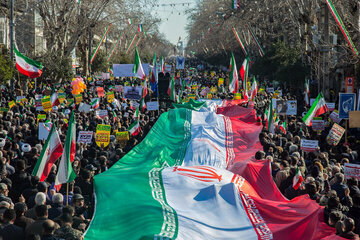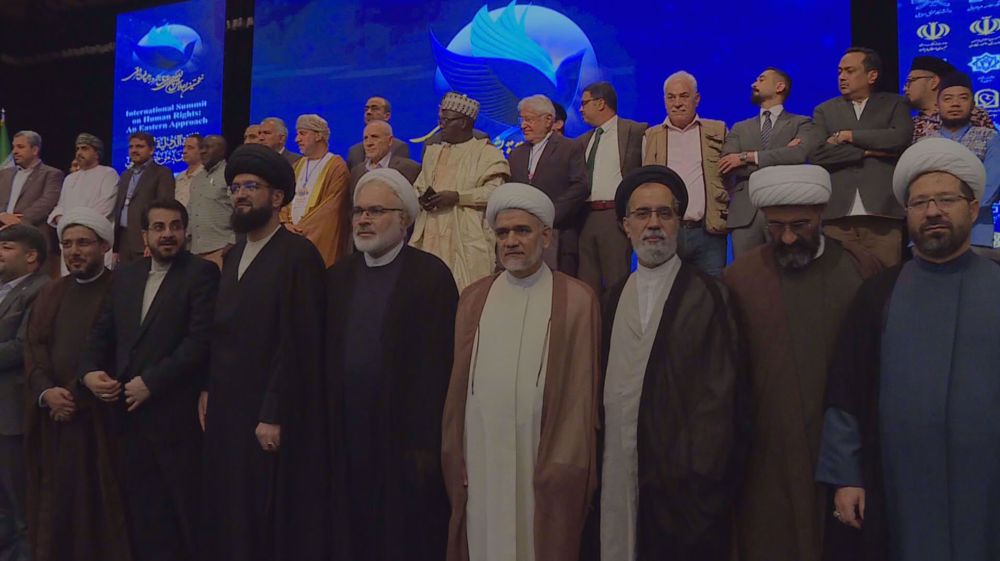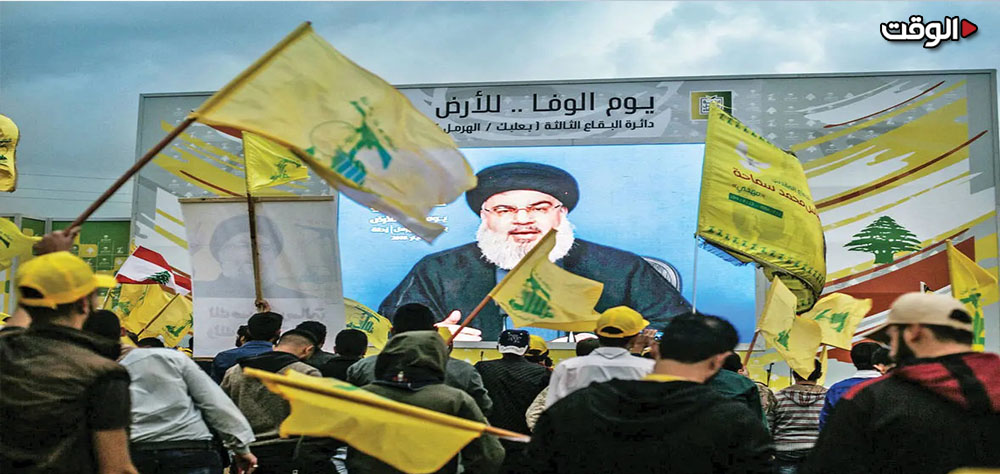ALWAGHT- Investigation exposes Israel’s hidden US military bunker beneath a Tel Aviv apartment building, highlighting risks of using urban areas for military operations.
A previously undisclosed underground military bunker in central Tel Aviv, known as Site 81, was likely struck during Iranian missile attacks on June 13, according to geolocation analysis by The Grayzone. Built by the United States beneath the upscale Da Vinci apartment complex, the facility serves as a joint US-Israeli intelligence command and control center. Its existence had not been publicly acknowledged prior to the strike, and Israeli authorities quickly blocked off the area, preventing journalists from documenting the damage.
Analysis shows that Site 81 lies directly beneath the Da Vinci Towers, adjacent to a children’s playground and a new community center. Leaked reports and public records indicate it is an electromagnetically shielded, high-security facility, with plans dating back to 2013 to expand it to 6,000 square meters. Critics argue that the bunker’s placement among civilian structures exemplifies a controversial practice of embedding military assets in urban areas, raising questions about potential risks to nearby residents.
The commercial spaces within the Da Vinci Towers also house companies linked to military intelligence, including AI21 Labs, founded by former members of Israel’s Unit 8200, which developed AI tools targeting Palestinians. Construction and expansion of Site 81 involved US contractors and Israeli developers, with high-level coordination confirmed by leaked emails between retired Israeli generals and former NATO commander James Stavridis, highlighting the deep integration of Israeli and American military infrastructure.
Satellite imagery of the area is heavily censored, and media coverage of the Iranian strike has been delayed, reflecting restrictions on public information. Experts note that Site 81 exemplifies how Israel embeds sensitive military installations within urban environments while limiting independent verification, complicating assessments of civilian risk during regional conflicts.

